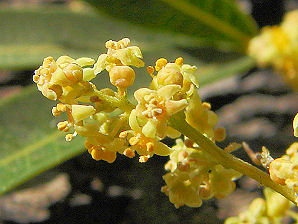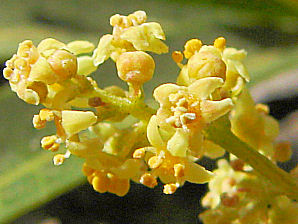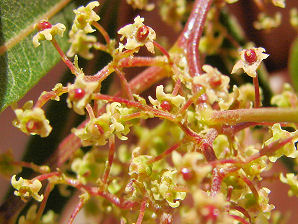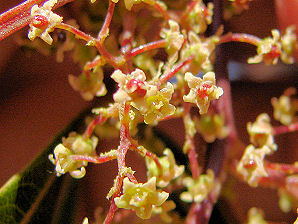Non - Xeriscape.
Common Landscape Plants. Shrubs, Flowers, & Trees.
For The Arizona Desert Environment
Pictures, Photos, Images,
Descriptions, & Reviews.
African Sumac Tree, Rhus lancea.
We Are Proud Of Our SafeSurf Rating!
Click On Any Of The Following Links By Amazon.Com
To View Tools For Desert or Arizona Gardening. No Obligation!
 |
| African Sumac Tree, Rhus lancea. |
|---|
 |  |
| African Sumac Tree, Rhus lancea. | African Sumac Tree, Rhus lancea. |
|---|---|
 |  |
| African Sumac Tree, Rhus lancea. | African Sumac Tree, Rhus lancea. |
 |  |
| African Sumac Tree, Rhus lancea. | African Sumac Tree, Rhus lancea. |
 |  |
| African Sumac Tree, Rhus lancea. | African Sumac Tree, Rhus lancea. |
African Sumac Tree.
We wish to thank Wikipedia, the free encyclopedia for some of the information on this page. We share images and information with Wikipedia. The African sumac is a small, slow growing, evergreen tree from South Africa with long slender leaves and multiple trunks. Has spreading habit with weeping branches. It is dioecious, only the female trees carry the fruits. It goes by the name Karee. Many tiny green flowers are borne in many- flowered panicles and they lack showy petals. Pollination is affected mostly by the wind, much to the chagrin of allergy sufferers. A sweet perfume is released into the air by these flowers. Some people may develop dermatitis upon contact with the skin. Even the pollen may harm some people. These trees produce viable seed and volunteers can often be found growing in hedgerows and in desert washes near urban environments. Potentially this could allow African Sumac to become another unwanted exotic invasive in native Sonoran Desert habitat. The fruit is edible, and has been used to make a beer. Sensitive to Texas root rot. Moderate maintance with seed and flower drop on the female trees. Constant removal of basal suckers. Yearly thinning required.
Quick Notes:
Height: To 24 feet. Spread may reach 24+ feet.
Flowers: 6 inch long panicles (clusters) of inconspicuous Whitish - green flowers in sprays.
Flowering Time: Mid January - February.
Fruit: Covered with a thin glossy brownish layer when ripe. Inside is a very hard black seed.
Bark: Gray to light brown furrowed into narrow, firm ridges and darkens with age. Showing orange underlayer.
Leaves: Hairless, palmately compound, shiny, dark green, leaves with three lance-shaped leaflets, 2 to 4 inches long.
Found: Native of Southern Africa. Now found in tropical and subtropical parts of the world, including USA. Found throughout Arizona at lower elevations. The USDA claims it is now native to the USA (CA).
Hardiness:
Soil pH requirements:
Sun Exposure:
Elevation: In Arizona usually at 850 to 1,600 feet.
Habitat: Lower elevations where water is available. It grows well in sand, sandy loam, clay and other heavy soils. It needs good drainage and aeration. It is remarkably tolerant of alkali. In its native habitat it is found at the base of "barrancos" where, even during the dry season, a small amount of water is always present in the soil.
Miscellaneous: Flowering Photos Taken at Sun City, Arizona. January 16, 2006.
|
We Are Proud Of Our SafeSurf Rating!
Click On Any Of The Following Links By Amazon.Com
To View Tools For Desert or Arizona Gardening. No Obligation!
| © 1966 - Present, Audrey, Eve, & George DeLange |





